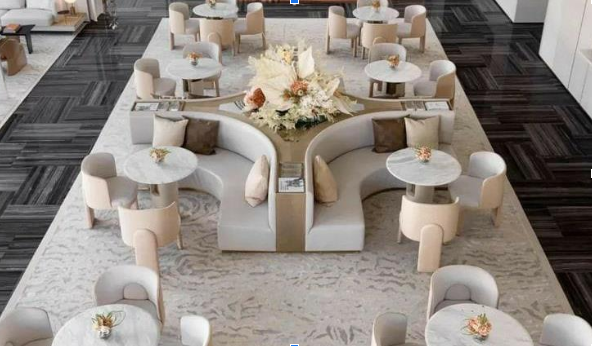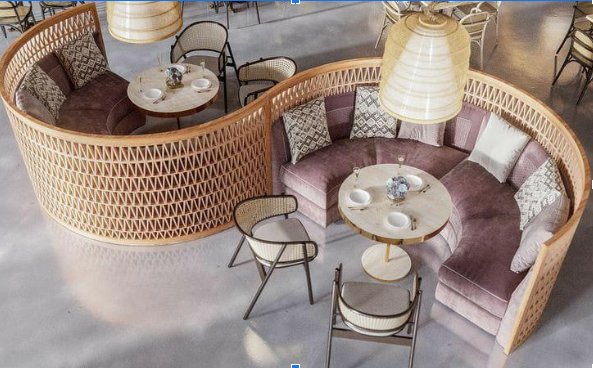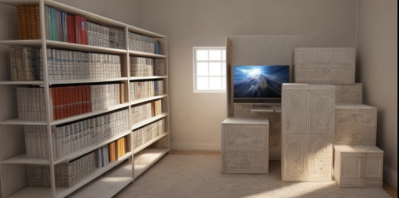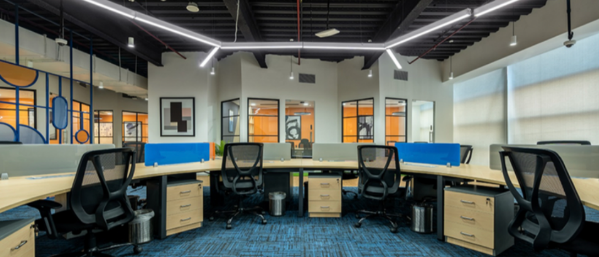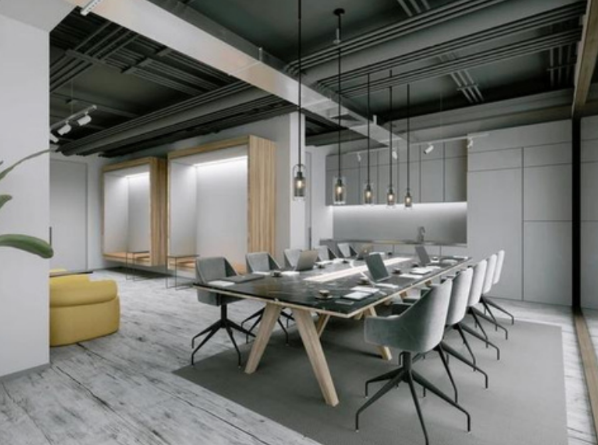Turn your workspace into a profit center. Unlock the power of design to enhance employee productivity, attract top talent, and boost your bottom line. We create interior that tells your story, resonates with your customers, and builds your brand loyalty.
Commercial interiors are the spaces where businesses come to life. They're more than just walls and furniture; they're the stage where brands showcase their identity, employees collaborate and thrive, and customers engage and experience.
Here are a few key things to consider when designing a commercial space:
1. Function:
- What is the primary purpose of the space? An office needs to be conducive to productivity, while a restaurant needs to create a welcoming and inviting atmosphere. The design should be tailored to the specific needs of the business and its users.
2. Brand identity:
- The interior design should reflect the brand's personality and values. This could be achieved through the use of colors, textures, furniture, and even artwork.
3. Sustainability:
- More and more businesses are incorporating sustainable practices into their operations, and this extends to their interior design. This could involve using recycled materials, energy-efficient lighting, and low-VOC finishes.
4. Technology:
- Technology is playing an increasingly important role in commercial interiors. This could include things like smart lighting systems, video conferencing equipment, and digital signage.
5. Employee well-being:
- In today's competitive job market, it's more important than ever to create a workspace that is comfortable, stimulating, and healthy for employees. This could involve providing access to natural light, ergonomic furniture, and break areas.
Planning
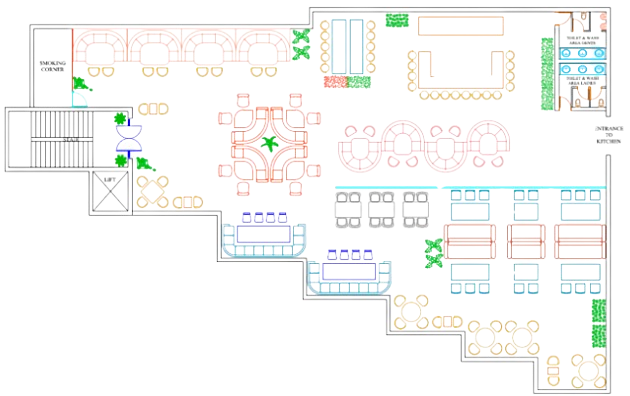

Process

